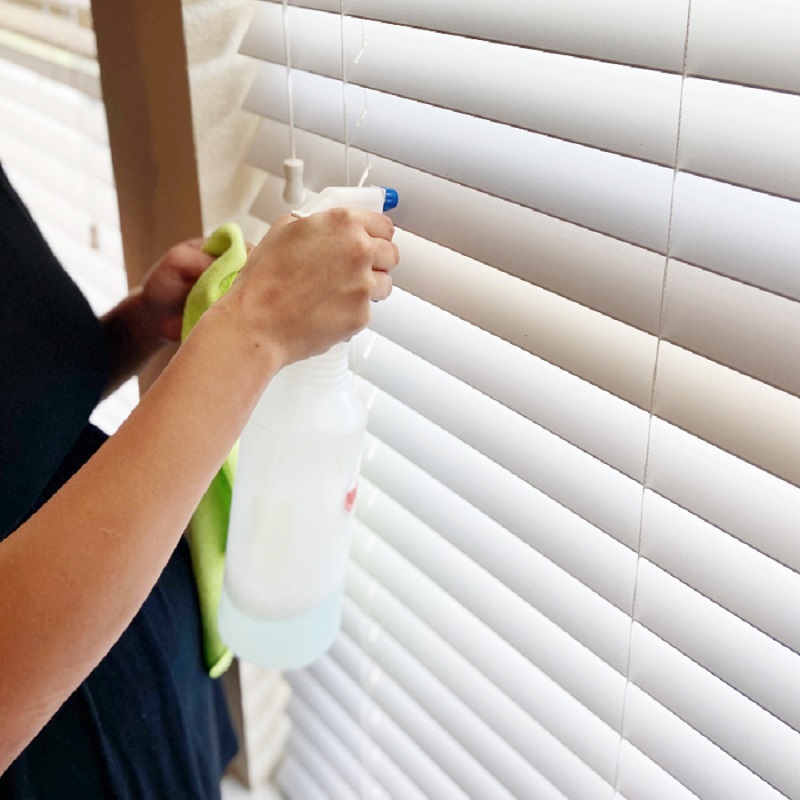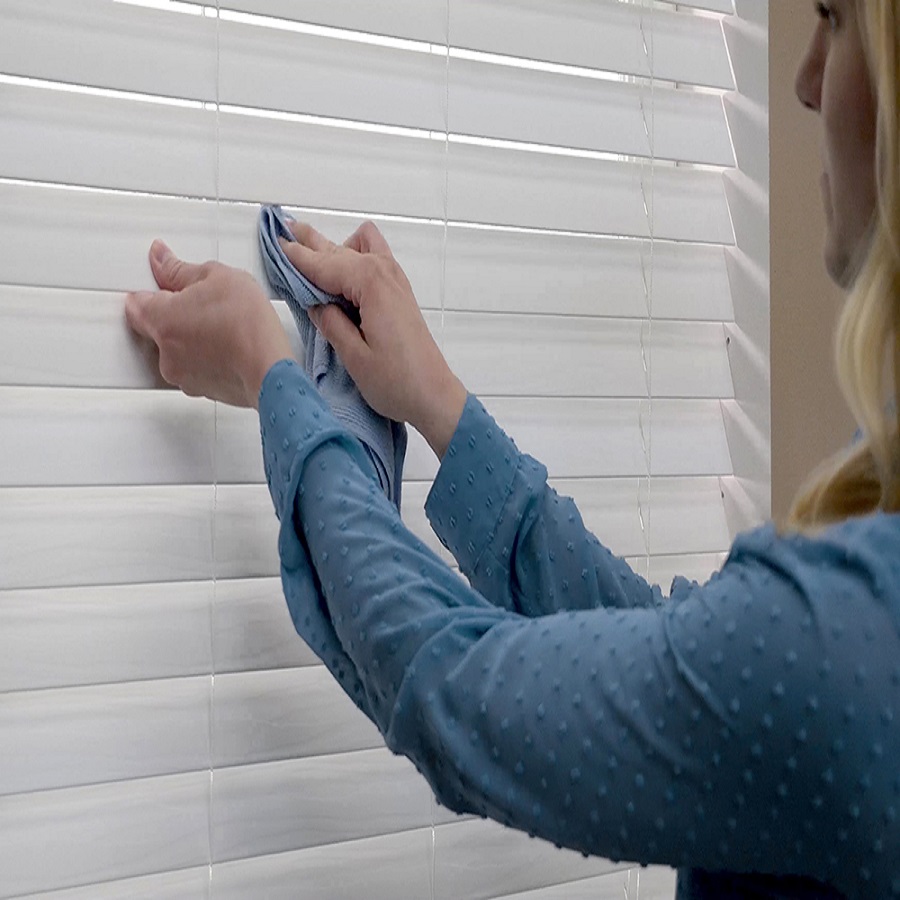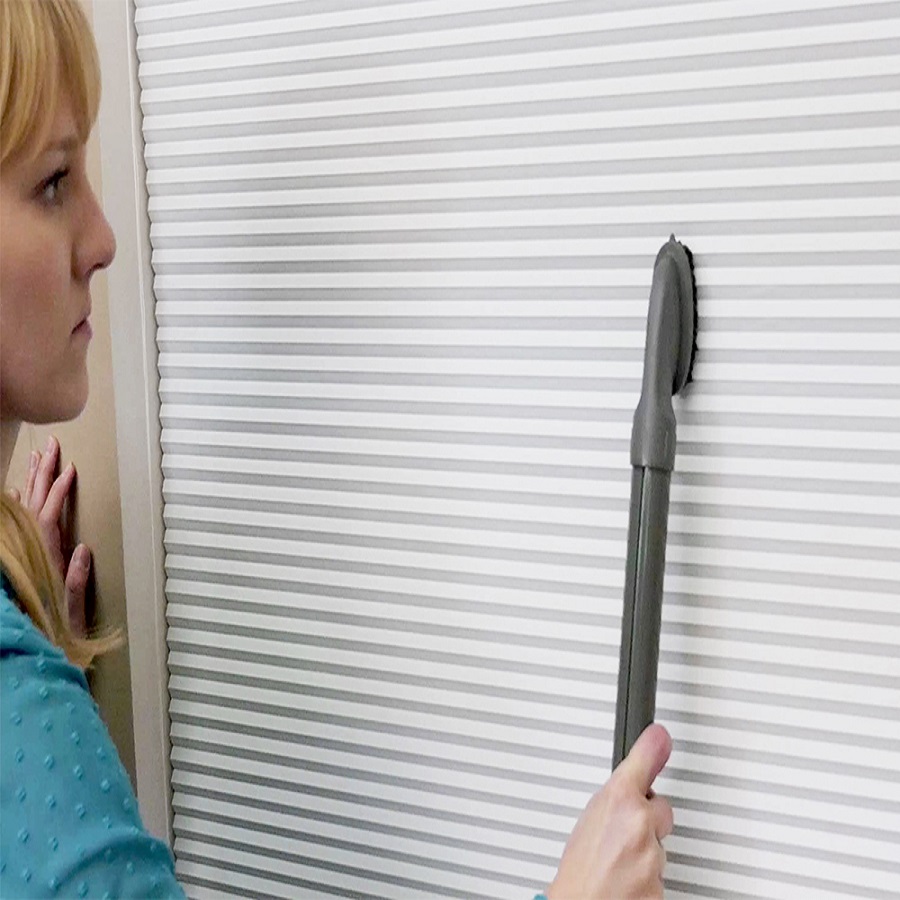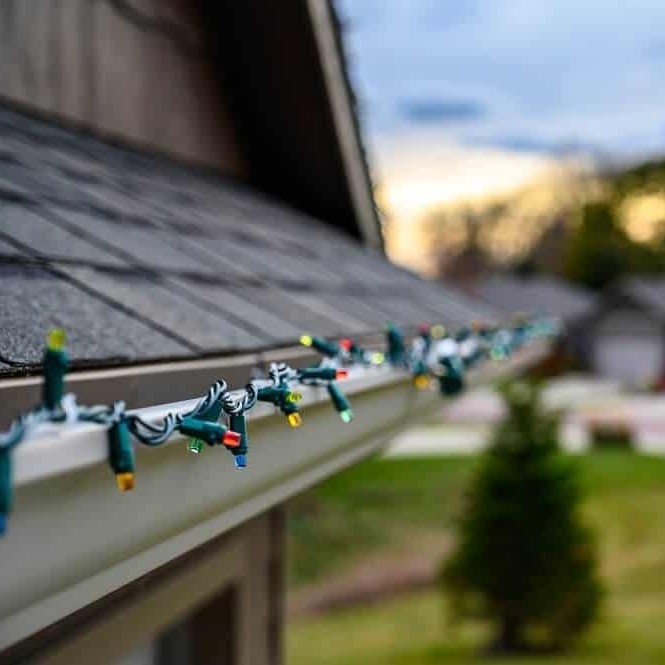Essential Tools and Materials for Blind Cleaning
Cleaning your blinds effectively requires a few basic yet essential tools and materials. This stage ensures you harness the full potential of your cleaning effort with minimal hassle. By preparing adequately, you can tackle dirt, dust, and stains on blinds effortlessly, promoting an unblemished and fresh appearance.
Preparing Your Cleaning Solution
An effective cleaning solution is paramount for easy way to clean blinds. Start by gathering a few simple ingredients, which you might already have at home. You will need:
- White Vinegar: Known for its natural disinfecting properties, white vinegar is a staple in eco-friendly cleaning. It helps in breaking down grime and sanitizing surfaces.
- Dish Soap: A mild dish soap can help in loosening the accumulated dirt on blinds, making it easier to wash away.
To prepare the cleaning solution, fill a large bucket or your sink with warm water. Add half a cup of white vinegar and a teaspoon of dish soap into the water. Stir gently until fully mixed. This solution is gentle on most blind materials and effective in cutting through grease and dust.

Gathering Additional Cleaning Tools
Alongside your cleaning solution, a few additional tools will make the cleaning process smoother and more efficient. Here are the tools you should gather:
- Soft Sponge or Microfiber Cloth: These are gentle on blind surfaces and effective at removing buildup without causing scratches.
- Old Towel: Useful for laying out the blinds once cleaned or for drying purposes.
- Sink Stopper or Basin: Essential for soaking the blinds if using the soak method. Ensure it’s adequate to hold the blinds fully submerged.
With these tools and materials, you are well-prepared to move forward with effectively cleaning your blinds, ensuring they are not only clean but maintained well for long-term use.
Starting Your Blind Cleaning Process
Initial Dusting Techniques
Before diving into the deep cleaning of your blinds, start with a thorough dusting. This helps remove the loose dust and dirt particles that can interfere with the cleaning process. Use a feather duster or a microfiber cloth to gently wipe each slat. Begin at the top and move downwards to ensure all dust falls off. It’s an easy way to prep your blinds for a more intensive wash and guarantees a more effective cleanse.
Soaking the Blinds
Once your blinds are dust-free, the next step is to give them a good soak. This is where the cleaning solution we prepared earlier comes into play. Fully submerge the blinds in the solution, ensuring they’re evenly coated. Use the sink stopper to keep water from draining. Allow them to soak for about an hour. This allows the vinegar and dish soap to work their magic, loosening any stubborn grime and making it easy to clean the blinds. Remember to set a timer to avoid over-soaking, which could potentially damage the material of the blinds.
The Cleaning Mix: Soap and Vinegar
When tackling the task of blind cleaning, the combination of soap and vinegar is potent. This mix offers an easy way to clean blinds effectively without strenuous scrubbing. The soap serves to break down the dirt on the surface, while the vinegar acts as a natural disinfectant and deodorizer.
Benefits of Vinegar in Blind Cleaning
Vinegar, a key ingredient in our cleaning arsenal, offers multiple benefits:
- Natural Disinfectant: It kills germs due to its acidic nature.
- Deodorizer: Helps remove unpleasant odors from blinds.
- Eco-Friendly: Vinegar is safe for the environment and for use around households.
- Cost-Effective: It’s affordable and available in almost any store.
Using vinegar not only promotes a clean environment but also ensures that the blinds are not exposed to harsh chemicals.

How Dish Soap Complements the Vinegar
Dish soap is the perfect partner to vinegar when cleaning blinds:
- Gentle on Materials: It’s safe for most blind materials, avoiding damage.
- Effective Cleaner: Helps lift grease and oil from the blinds effortlessly.
- Easy to Rinse: Does not leave harmful residues behind.
Combining dish soap with vinegar boosts the cleaning power, ensuring your blinds are thoroughly cleaned and refreshed without much hassle.
Time Management and Cleaning
Cleaning blinds does not need to take up your whole day. With a quick and easy way to clean blinds, you can fit this task into your busy schedule. Here’s how to manage your time effectively during the cleaning process.
Setting a Timer for Soaking
Once you’ve dipped your blinds into the soapy vinegar solution, set a timer. An hour is just enough for the mixture to loosen dirt. This prevents any damage from oversoaking. Use your phone or kitchen timer. Doing other tasks while your blinds soak is possible this way.
Post-Soaking Actions
After the timer rings, drain the sink or tub. Rinse the blinds with cool water to remove any soap and vinegar residues. Check each slat for leftover dirt. If there’s still grime, a soft sponge can gently scrub it off. Make sure you rinse the blinds well after this step. Good rinsing ensures they are truly clean.
Addressing Tough Stains
Dealing with tough stains on blinds can be challenging. When general cleaning methods don’t work, you might need a stronger approach. Here are some effective steps to handle these stubborn stains.
When to Use Magic Erasers
Magic Erasers can be a great option for removing harsh stains on blinds. Use them sparingly though. They are abrasive and can damage the surface if used too frequently. They work best when the stains have been left to build up for a long period. Always gently rub the eraser on the affected area to avoid any damage. Following up with a rinse ensures that no eraser residue remains.

Additional Steps for Stubborn Dirt
For dirt that refuses to come off with regular methods, consider these additional steps:
- Pre-Soak Treatment: Before using the Magic Eraser, let the blinds soak in warm soapy water. This softens the dirt, making it easier to clean. Add a bit of vinegar to the water for extra cleaning power.
- Gentle Scrubbing: Use a soft-bristled brush or a non-abrasive sponge for scrubbing. This method ensures effective dirt removal without harming the blinds.
- Rinse Thoroughly: Always rinse the blinds well after scrubbing. This removes any remaining dirt and cleaning agents.
By following these steps, you can tackle even the toughest stains on your blinds and make them look new again.
Drying and Finishing Up
After cleaning, drying the blinds properly is crucial to avoid water marks and maintain their appearance. Here are some effective drying techniques:
Proper Ways to Dry Your Blinds
- Air Drying: The simplest method is to hang the blinds outside if weather permits. Ensure they’re completely stretched out to prevent any creases or warping. If outdoor drying is not an option, a well-ventilated area inside works well too.
- Towel Drying: Lay the blinds flat on an old towel. Gently pat down with another towel to absorb excess water. This method is quick and effective, especially for small blinds.
- Avoid Direct Sunlight: While air drying, keep blinds out of direct sunlight to prevent discoloration, especially for fabric and vinyl blinds.
Checking the Results: Ensuring Cleanliness
Once the blinds are dry, it’s important to check each slat for any remaining spots or stains. Held up against the light, blinds can reveal areas that might have been overlooked. If any spots are found, a quick spot clean with your soft sponge should do the trick. After this final check, reinstall the blinds and enjoy the fresh, clean look of your windows.
Remember to handle wet blinds carefully to prevent any damage. Now that your blinds are perfectly clean and dry, they can enhance the beauty and airiness of your room with ease.
Preventing Future Buildups
Maintaining clean blinds isn’t just about deep cleaning sessions; it’s also about prevention. An easy way to clean blinds involves regular upkeep to minimize dust accumulation. Adopt these steps to keep blinds spotless longer.
Routine Cleaning Schedule
To avoid grime buildups, include blind cleaning in your regular cleaning routine. Aim to dust blinds weekly. Use a microfiber cloth or a simple duster. Doing this reduces the need for more intense cleanings later, saving you time.
For deep cleaning, schedule a session every three to four months. Mark it on your calendar. This regular practice keeps blinds in good shape and preserves their life.
Long-term Maintenance Tips
Long-term maintenance ensures blinds remain in top condition. Follow these pointers:
- Check for Damage: Look for wear and tear during cleanings. Address these early to prevent further issues.
- Handle with Care: When adjusting blinds, be gentle. Rough handling can lead to bends or breaks.
- Use Appropriate Cleaners: Different materials require different cleaning agents. Use what’s right for the blind’s material.
- Avoid Excessive Moisture: On materials like wood, limit the use of water. It can cause warping or damage.
By following a routine cleaning schedule and long-term maintenance tips, your blinds will stay cleaner, function better, and last longer. An easy way to clean blinds doesn’t just simplify your life today but ensures a cleaner, brighter home in the future.








